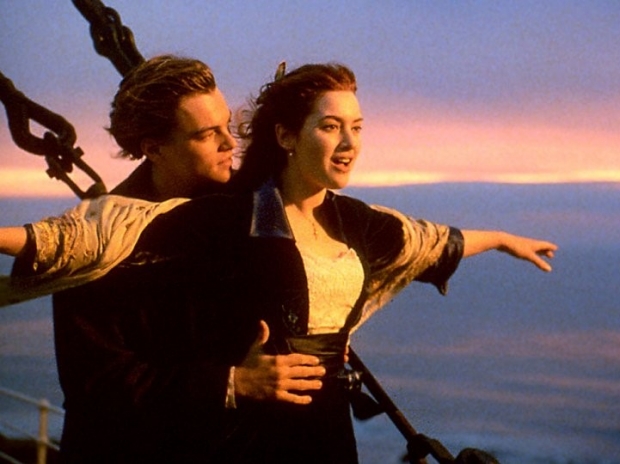Boffins published a paper explaining how they’re analyzing the content of movie trailers using machine learning.
Machine vision systems examine trailer footage frame by frame, labelling objects and events, and then compare this to data generated for other trailers.
The idea is that movies with similar sets of labels will attract similar sets of people.
Movie studios already produce lots of similar data using traditional methods like interviews and questionnaires.
“Understanding detailed audience composition is important for movie studios that invest in stories of uncertain commercial.”
It’s even better if this audience composition can be broken down into smaller and more exact “micro segments”.
20th Century Fox partnered with Google to create a system called Merlin which used the company’s servers and open-source AI framework TensorFlow.
Merlin scans the trailer, labelling objects like “facial hair”, “car” and “forest”:
While this graph only records the frequency of these labels, the data generated is more complex, considering how long these objects appear on-screen and when they show up the trailer.
This temporal information is particularly rich because it correlates with a film’s genre.
“For example a trailer with a long close-up shot of a character is more likely for a drama movie than for an action movie, whereas a trailer with quick but frequent shots is more likely for an action movie.”
By comparing this information with analyses of other trailers, Merlin can predict what films might interest the people.
Merlin thought that the movie Logan might appeal to those who saw X Men: Apocalypse, Doctor Strange, and Batman v Superman: Dawn of Justice. Not particularly surprising but it also thought John Wick: Chapter 2 would get a similar crowd.
It did get some things wrong. Merlin predicted that The Legend of Tarzan will be a big hit with Logan fans for example. The Revenant was another odd bedfellow.
Merlin also missed Ant-Man and Deadpool 2 as lures for the same audience..




